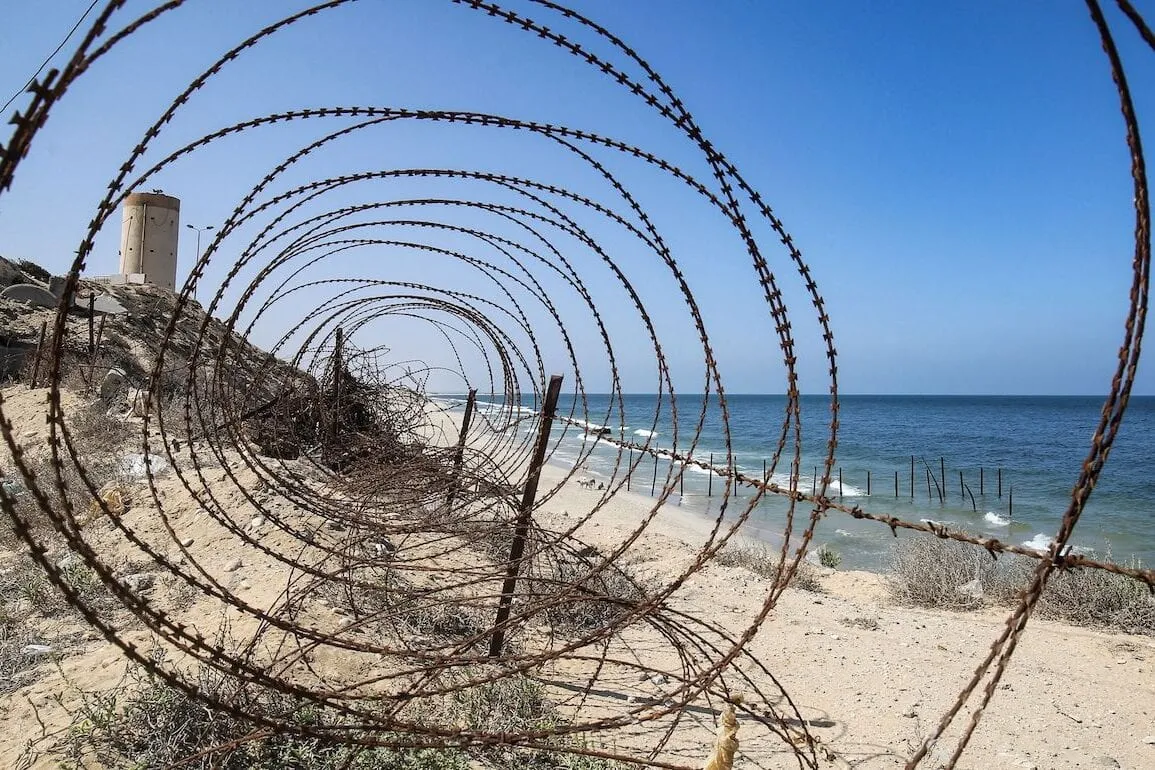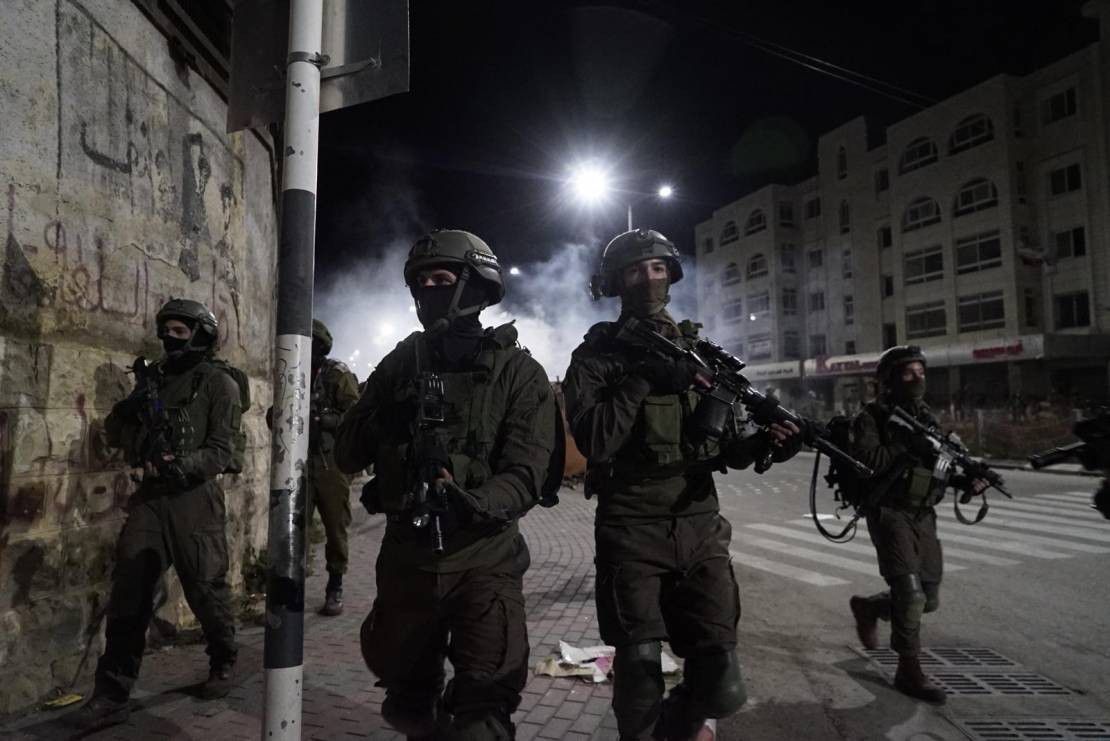Israel has been imposing its blockade on the Gaza Strip, West Bank and Jerusalem since 2006 and for 16 years till the end of March, 2023.
Gaza Siege Adversely Affects the Humanitarian Situation in the Gaza Strip
The humanitarian situation in the Gaza Strip is still deteriorating with the end of the Israeli blockade in its seventeenth year. By the end of March, 2023, Gaza blockade has caused the impoverishment of more than 61% of the population of the Strip, which is about 2.380 thousand people.
Obvious Deterioration in the Medical Sector in the Gaza Strip
There is a significant deterioration in the health sector as a result of the Israeli blockade, with a shortage of basic medicines reaching about 40%, a shortage of medical consumables reaching 32%, and a 60% shortage in laboratory supplies and blood banks.
About 9,000 patients in Gaza are waiting for their suffering to end by providing them with the necessary treatment as the total number of cancer deaths in the Strip ranges between 750-800 annually.
According to the Palestinian Center for Human Rights (PCHR), the Israeli occupation has been imposing restrictions on the travel of patients in the Gaza Strip, which led to the death of 9 patients till the end of March, 2023.
Israeli Blockade Affects the Economic Situation in the Gaza Strip
By the end of March, 2023, Israeli blockade has prevented about 47% of Palestinian participants in the labor force from working as approximately 53% of the population suffers from food insecurity.
The continuation of Israeli restrictions on the movement of people and goods to and from the Gaza Strip through the Erez and Kerem Shalom crossings, as the exit of individuals is mainly limited to humanitarian cases that obtain transit permits after a lengthy security check.
Meanwhile, the Israeli side continues to ban the entry of large numbers of people, important materials and equipment for the health, commercial and production sectors under security pretexts.
The Majority of Palestinians in the Gaza Strip and the West-Bank are Under Poverty Line
The dangerous rise in poverty rates reached 80%, severe poverty reached 36%, and the unemployment rate reached 85%. UNRWA announced that 80% of the population in the Gaza Strip is totally dependent on humanitarian aid.
31 percent of Palestinians in the West Bank and 81 percent in Gaza face challenges in meeting basic essential needs, especially in accessing food, health and public utilities.
By the end of March 2023, reports showed that 8% of families in the West Bank and 73% of families in Gaza received humanitarian assistance.
Gaza Siege Also Affects Agricultural & fishing sector
There are more than 3,500 Palestinian fishermen depend on fishing to put food on the table, in addition to a number of assistants, who support a total of more than 45,000 people who have no source of another income, which the Israeli occupation has intensively and deliberately targeted
According to the signed agreements, fishermen should be allowed to sail a distance of 20 miles. The occupation forces reduced this distance to 6 miles, and after the 2008 aggression, shooting was a warning given to every fisherman who approaches a distance of 3 miles, and sometimes from a distance of 2 miles.
In recent years, the catch rate has recorded only 70 tons per month, and this greatly affects the fisherman’s income.
Because of the siege and wars that the Gaza Strip went through, about (85%) of the agricultural sector was destroyed, and throughout the years of the blockade, agricultural lands and crops were damaged due to the lack of water and the ban on entry of fertilizers and grains.
Citrus trees used to cover more than 75 thousand dunums, but today they have decreased to 17 thousand dunums, due to the blockade, the salinity of water, and the cessation of export operations abroad.
Shortlink for this post: https://daysofpalestine.ps/?p=38130







